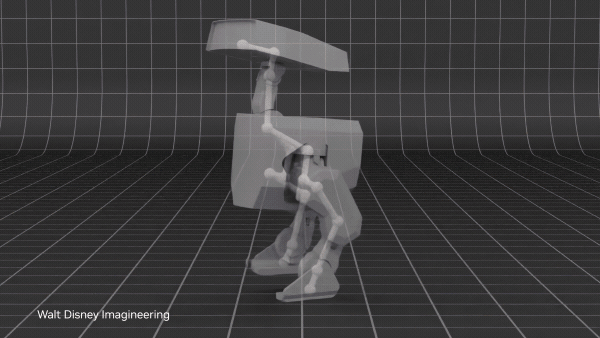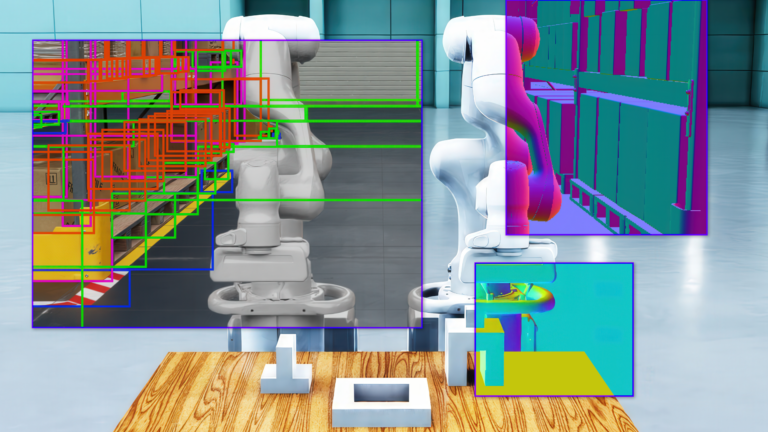AI deployments thrive on speed, data and scale. That’s why NVIDIA is expanding NVIDIA-Certified Systems to include enterprise storage certification — for streamlined AI factory deployments in the enterprise with accelerated computing, networking, software and storage. As enterprises build AI factories, access to high-quality data is imperative to ensure optimal performance and reliability for AI
Read Article
As quantum computers continue to develop, they will integrate with AI supercomputers to form accelerated quantum supercomputers capable of solving some of the world’s hardest problems. Integrating quantum processing units (QPUs) into AI supercomputers is key for developing new applications, helping unlock breakthroughs critical to running future quantum hardware and enabling developments in quantum error
Read Article
AI is fueling a new industrial revolution — one driven by AI factories. Unlike traditional data centers, AI factories do more than store and process data — they manufacture intelligence at scale, transforming raw data into real-time insights. For enterprises and countries around the world, this means dramatically faster time to value — turning AI
Read Article
 As agentic AI systems evolve and become essential for optimizing business processes, it is crucial for developers to update them regularly to stay aligned with…
As agentic AI systems evolve and become essential for optimizing business processes, it is crucial for developers to update them regularly to stay aligned with…
As agentic AI systems evolve and become essential for optimizing business processes, it is crucial for developers to update them regularly to stay aligned with ever-changing business and user needs. Continuously refining these agents with AI and human feedback ensures that they remain effective and relevant. NVIDIA NeMo microservices is a fully accelerated, enterprise-grade solution designed…
![]() Organizations are embracing AI agents to enhance productivity and streamline operations. To maximize their impact, these agents need strong reasoning abilities…
Organizations are embracing AI agents to enhance productivity and streamline operations. To maximize their impact, these agents need strong reasoning abilities…![]()
Organizations are embracing AI agents to enhance productivity and streamline operations. To maximize their impact, these agents need strong reasoning abilities to navigate complex problems, uncover hidden connections, and make logical decisions autonomously in dynamic environments. Due to their ability to tackle complex problems, reasoning models have become a key part of the agentic AI…
 With the release of NVIDIA AgentIQ—an open-source library for connecting and optimizing teams of AI agents—developers, professionals, and researchers can…
With the release of NVIDIA AgentIQ—an open-source library for connecting and optimizing teams of AI agents—developers, professionals, and researchers can…
With the release of NVIDIA AgentIQ—an open-source library for connecting and optimizing teams of AI agents—developers, professionals, and researchers can create their own agentic AI applications. This tutorial shows you how to develop apps in AgentIQ through an example of AI code generation. We’ll build a test-driven coding agent using LangGraph and reasoning models to scale test-time computation.
 Humanoid robots are designed to adapt to human workspaces, tackling repetitive or demanding tasks. However, creating general-purpose humanoid robots for…
Humanoid robots are designed to adapt to human workspaces, tackling repetitive or demanding tasks. However, creating general-purpose humanoid robots for…
Humanoid robots are designed to adapt to human workspaces, tackling repetitive or demanding tasks. However, creating general-purpose humanoid robots for real-world tasks and unpredictable environments is challenging. Each of these tasks often requires a dedicated AI model. Training these models from scratch for every new task and environment is a laborious process due to the need for vast task…
 The next generation of AI-driven robots like humanoids and autonomous vehicles depends on high-fidelity, physics-aware training data. Without diverse and…
The next generation of AI-driven robots like humanoids and autonomous vehicles depends on high-fidelity, physics-aware training data. Without diverse and…
The next generation of AI-driven robots like humanoids and autonomous vehicles depends on high-fidelity, physics-aware training data. Without diverse and representative datasets, these systems don’t get proper training and face testing risks due to poor generalization, limited exposure to real-world variations, and unpredictable behavior in edge cases. Collecting massive real-world datasets for…
 Physical AI models enable robots to autonomously perceive, interpret, reason, and interact with the real world. Accelerated computing and simulations are key to…
Physical AI models enable robots to autonomously perceive, interpret, reason, and interact with the real world. Accelerated computing and simulations are key to…
Physical AI models enable robots to autonomously perceive, interpret, reason, and interact with the real world. Accelerated computing and simulations are key to developing the next generation of robotics. Physics plays a crucial role in robotic simulation, providing the foundation for accurate virtual representations of robot behavior and interactions within realistic environments.
 The world of robotics is undergoing a significant transformation, driven by rapid advancements in physical AI. This evolution is accelerating the time to market…
The world of robotics is undergoing a significant transformation, driven by rapid advancements in physical AI. This evolution is accelerating the time to market…
The world of robotics is undergoing a significant transformation, driven by rapid advancements in physical AI. This evolution is accelerating the time to market for new robotic solutions, enhancing confidence in their safety capabilities, and powering of physical AI in factories and warehouses. Announced at GTC, Newton is an open-source, extensible physics engine developed by NVIDIA…
